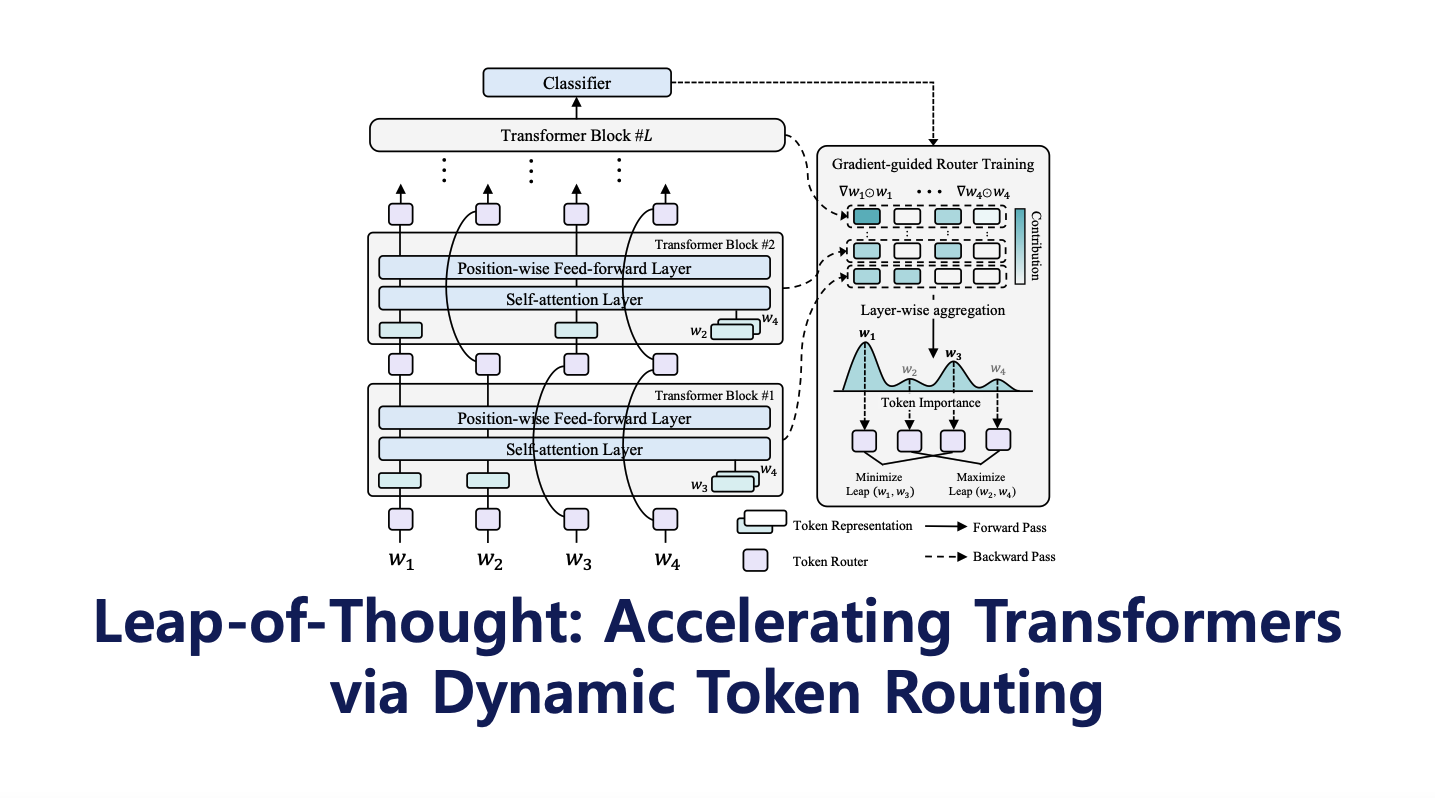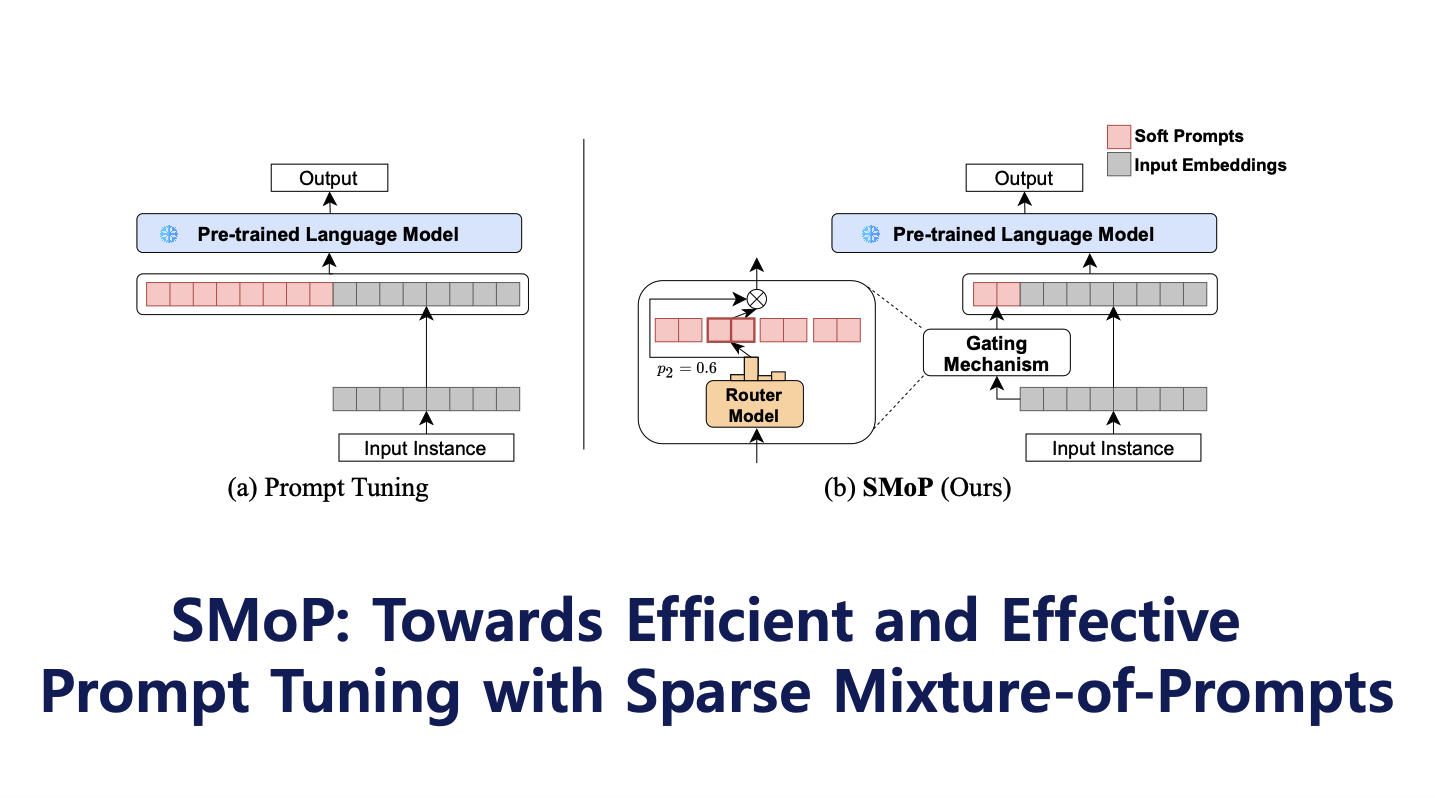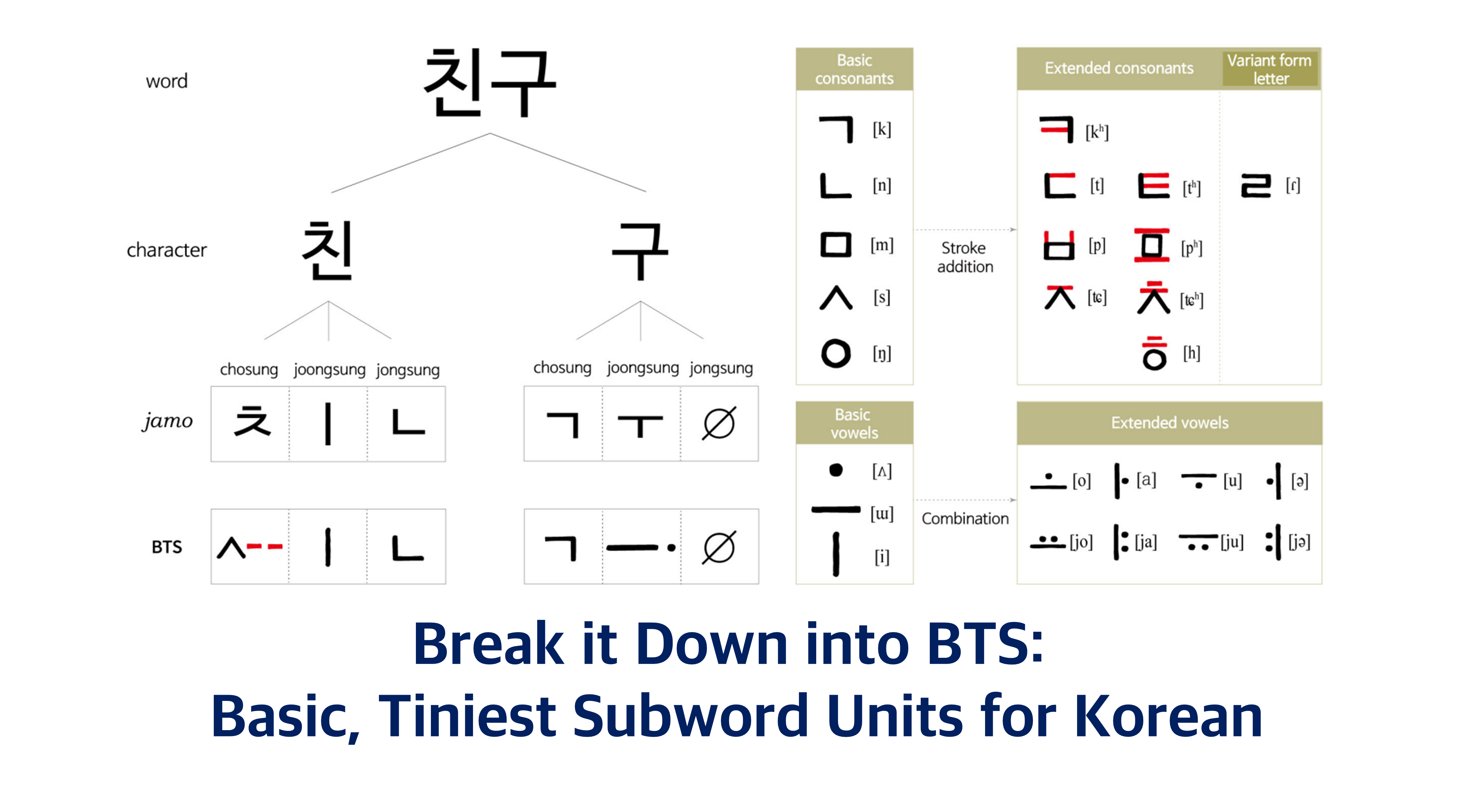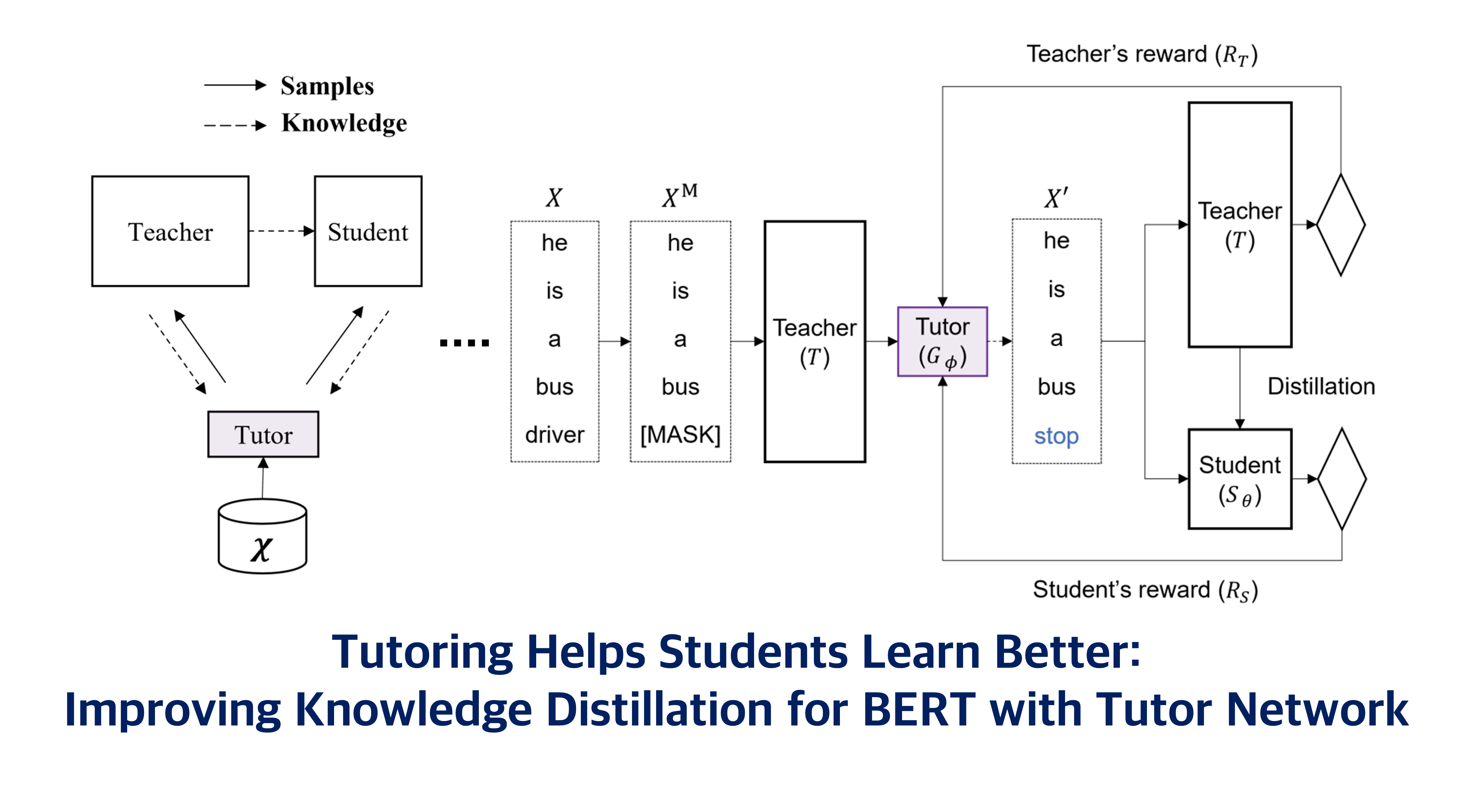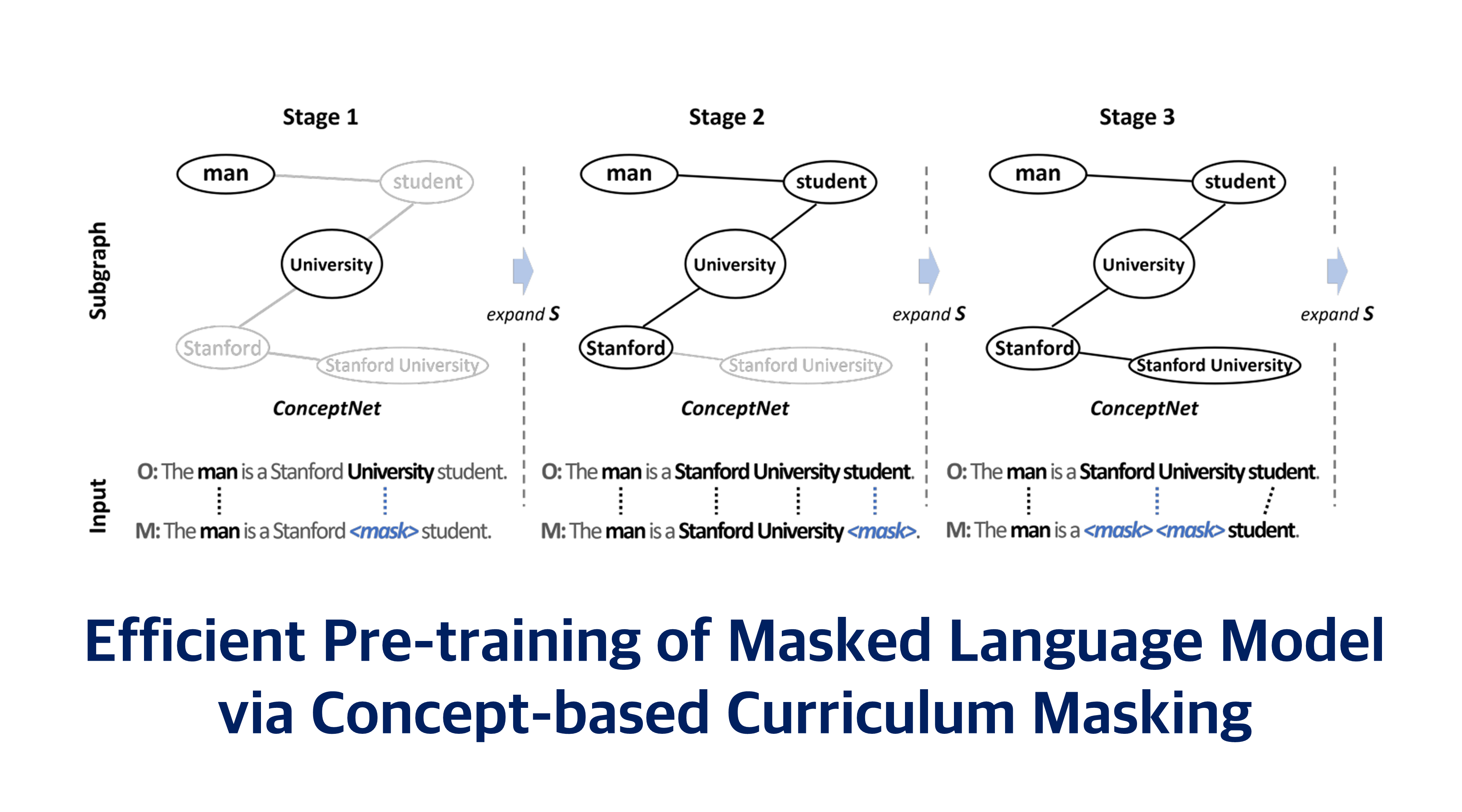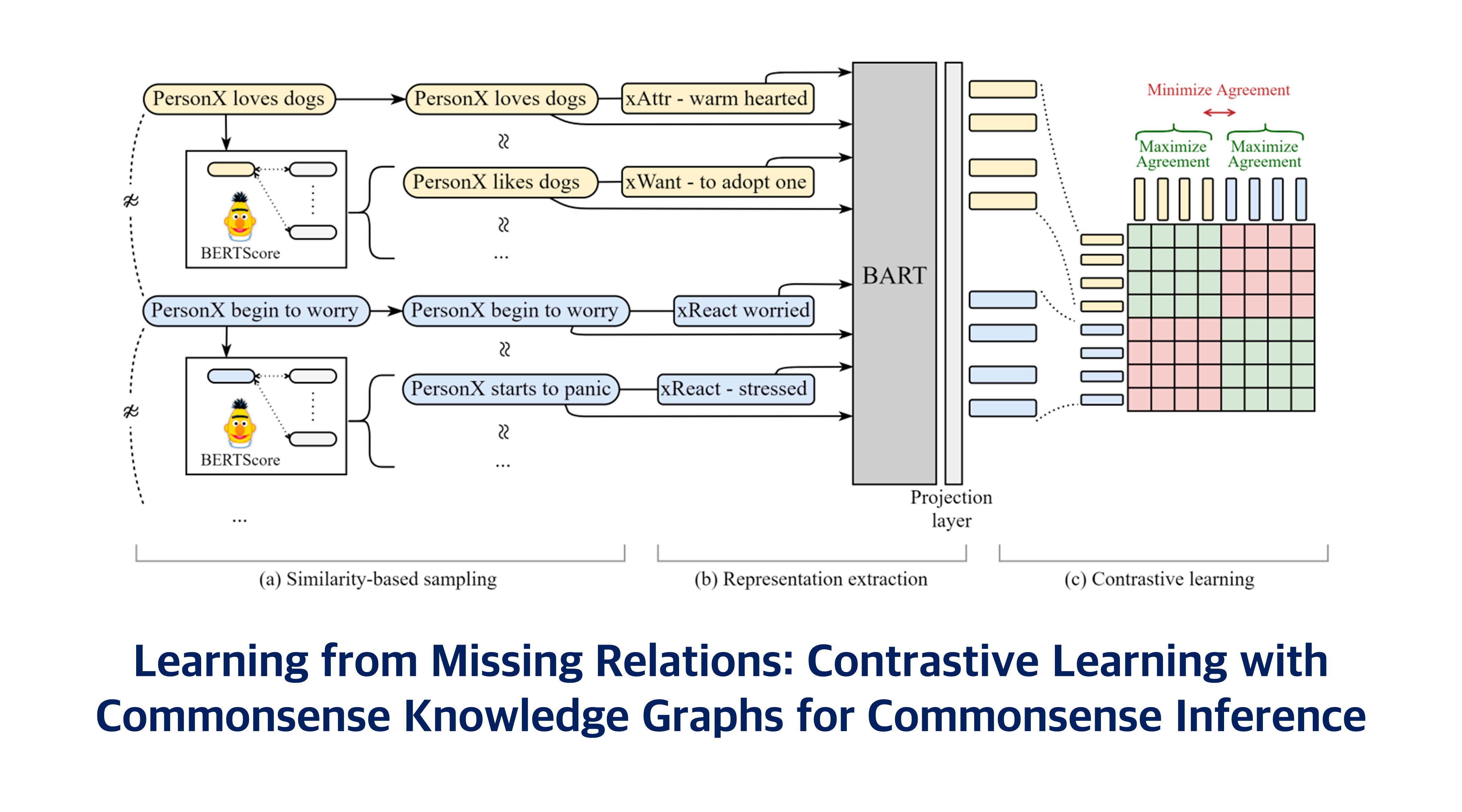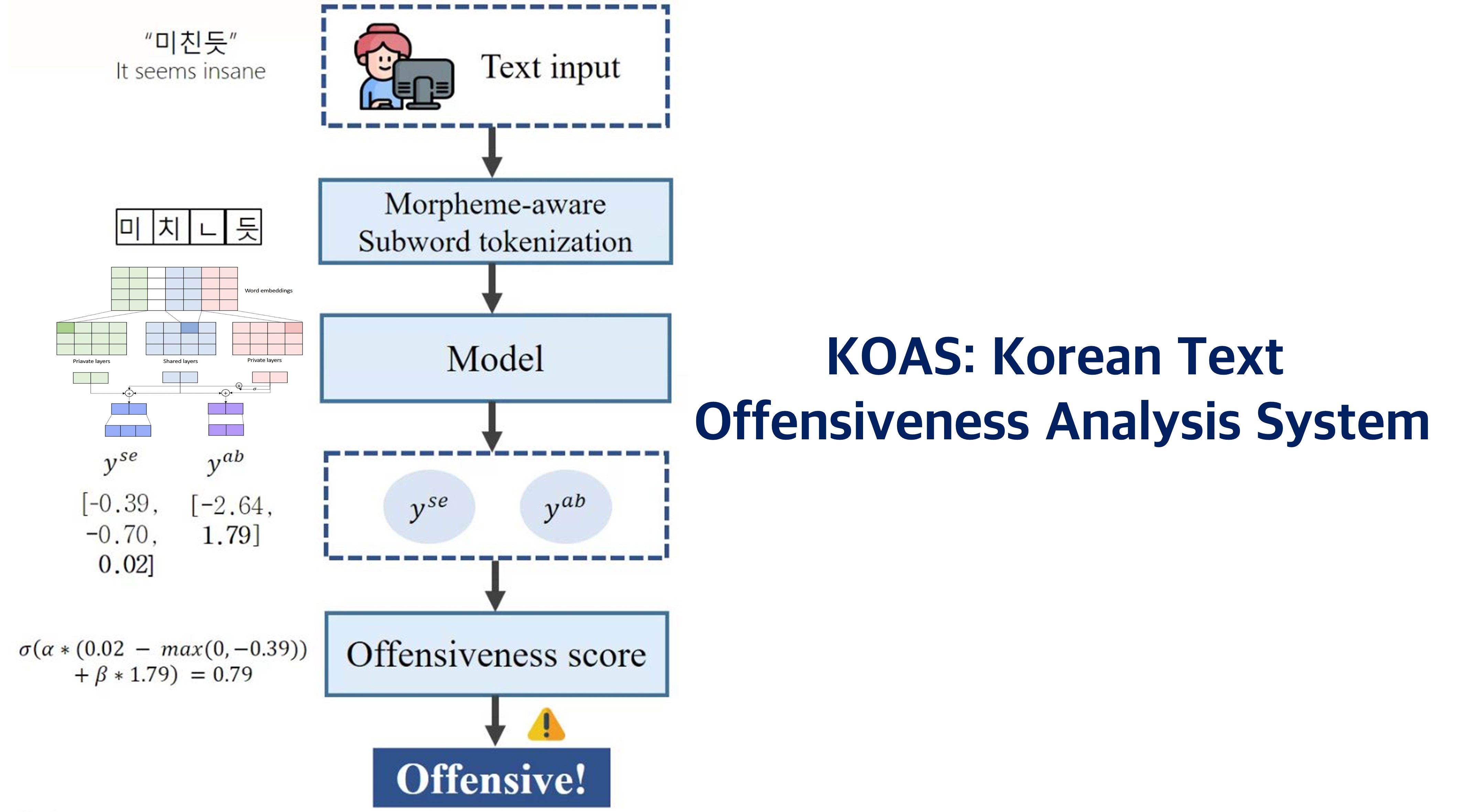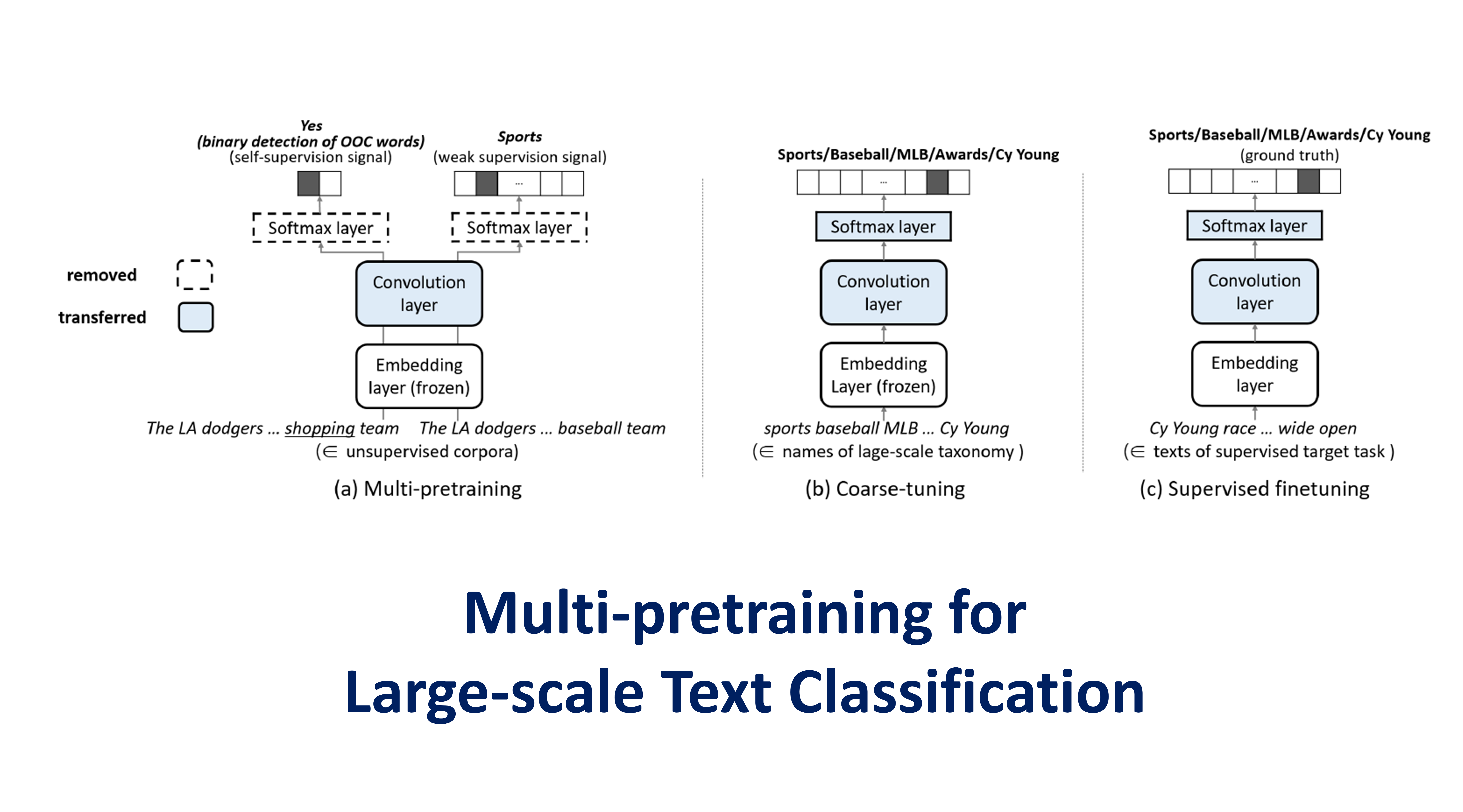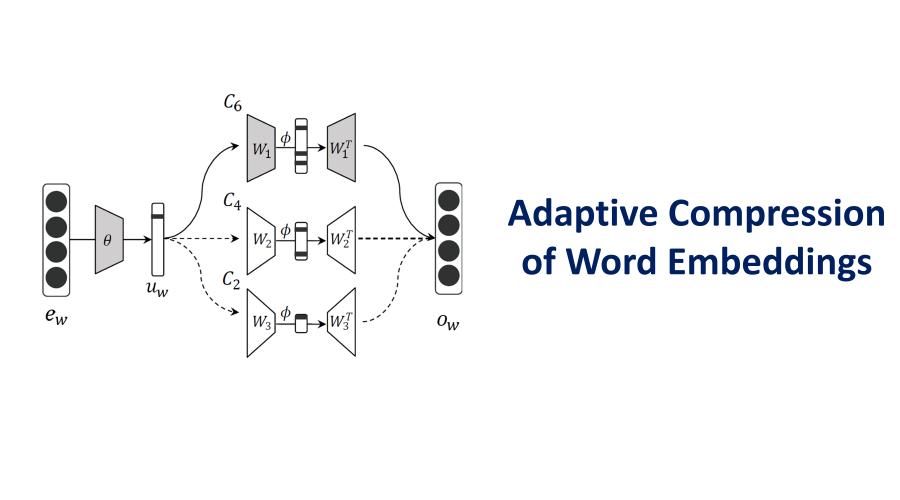A Description of the Formation of the Rainbow
The rainbow is one of the most splendid masterpieces of nature. It is a demonstration of the scientific process of dispersion of light founded on the principle that white light is made up of varied wavelengths; each having a distinct color. It can only be observed in an atmosphere filled with suspensions of water droplets or mist. To view it, an observer must be inclined at 400 above the ground. Each water droplet acts as a small prism that refracts and disperses light rays back to the observer’s eye. As one looks into the sky, he observes different colors depending on their wavelengths. This leads to the formation of a circular arc in the sky. Dispersion, internal reflection, and refraction of light rays are the major principles responsible for the formation of the rainbow. Historically, Aristotle (the Greek scholar) became the first person to devote his attention to unraveling the mystery of the formation of the rainbow.how to write a college paper for dummies It was not until his death that more rainbow theories got formulated. Among them include Seneca Younger (the Roman philosopher) and Huseyin Gazi Topdemir (the Persian physicist) who provided the first scientific explanation about the rainbow phenomenon (Raymond & Alistair, 2001).
The rainbow appears as a spherical arc in the blue skies. To the observers, only a half-circle with red color appears bowed. However, when viewed from the sky, it appears as a complete circle. This is because those observing it from the ground can only view top half of its circle as the bottom arc is blocked from their view by the ground. The half-circle observed by the viewers arises from the fact that there are numerous collections of droplets within the atmosphere that have the ability to concentrate or condense the dispersed lights at 40-420 angles relative to their original path (Davis & Schweiger, 2002). Each of the water droplets takes part in the formation of a circular arc by reflecting and dispersing sunrays towards the observer.
All the droplets in the arc refract and disperse the whole visible light spectrum of red, orange, yellow, green, blue, indigo, and violet (ROYGBIV) colors. However, the degree of refraction varies with the wavelength of each constituent light. Therefore, red light gets refracted from the droplet at a steeper angle than does the blue light spectrum. An observer on the ground standing at a steeper angle will see red light following a refraction process involving water droplets (Buick, 2010). Although blue light from water droplets also get refracted, it cannot be viewed by the observer. This is because it is refracted at relatively steeper angle compared to red light. It is directed towards a path passing over the viewer’s head. Therefore, it is only the red light that is visible to an observer standing at a steeper angle on the ground.
On the other hand, when an observer is at a less steep angle, water droplets within the line of sight direct blue light towards the observer’s eye. Red light gets refracted at a deeper angle towards the feet of the observer. For this reason, an observer at such angles will only see blue light. These differences in the refraction of lights of different wavelengths explain why the red light is seen at the outer most perimeter of the rainbow while blue light forms the inner most perimeter and financial well being belonging to the rainbow (Lynch & Livingston, 2001).




